My Top 3 Dark Tourism Places in England
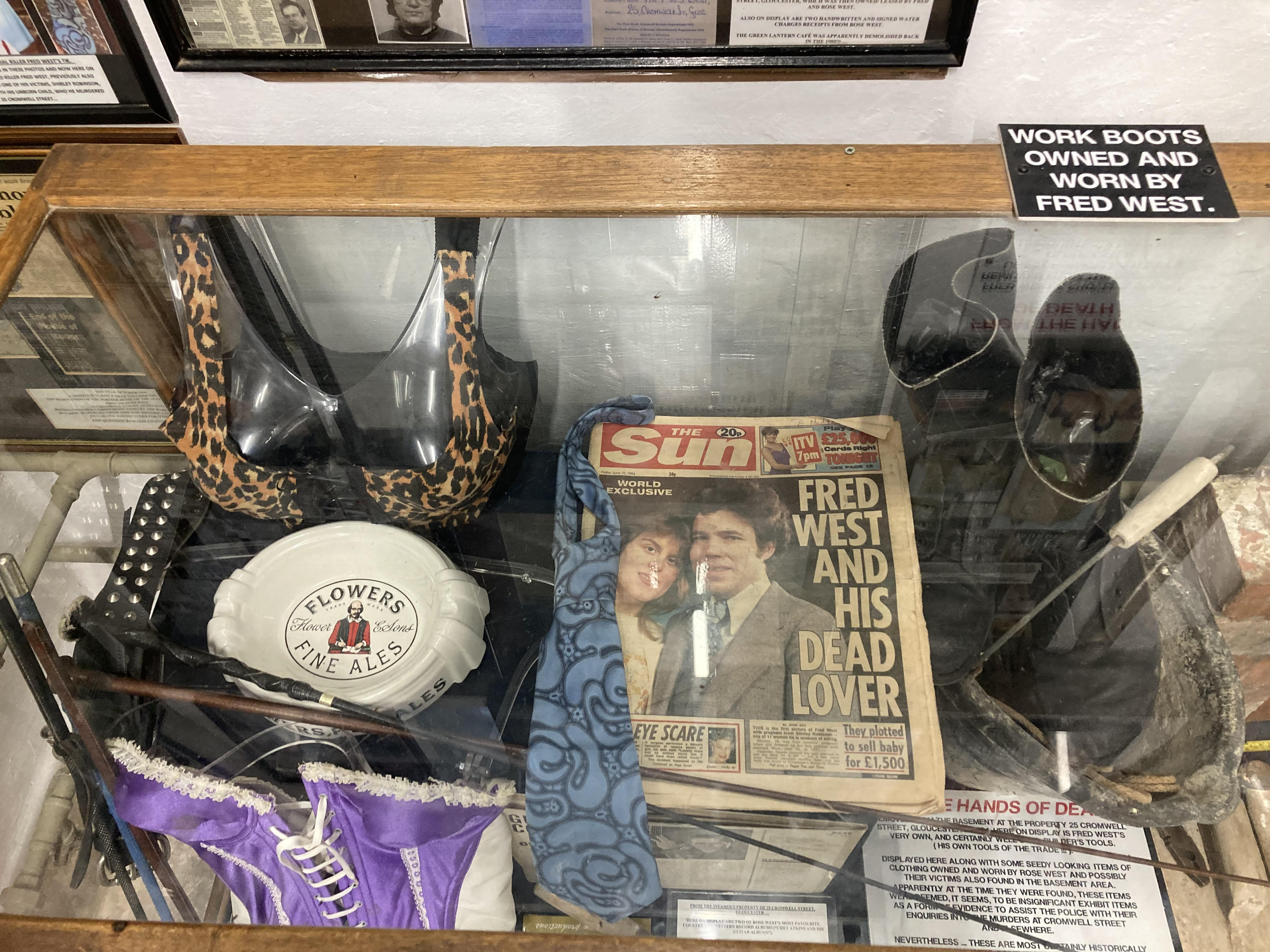
With my book covering over 300 dark tourism sites across Britain, there are many places that I am still to visit. There are, however, many sites that I have visited, but three of which have continued to interest me. I want to share my experiences of why these sites have intrigued me the most.
Highgate Cemetery
There is something about cemeteries that I’ve always found quite peaceful and mesmerizing. It could be because everyone has passed on and the sense of everyone being in a better place or because it is one of the places that people least visit, as well as the magnificent craftsmanship of the headstones and tombs.
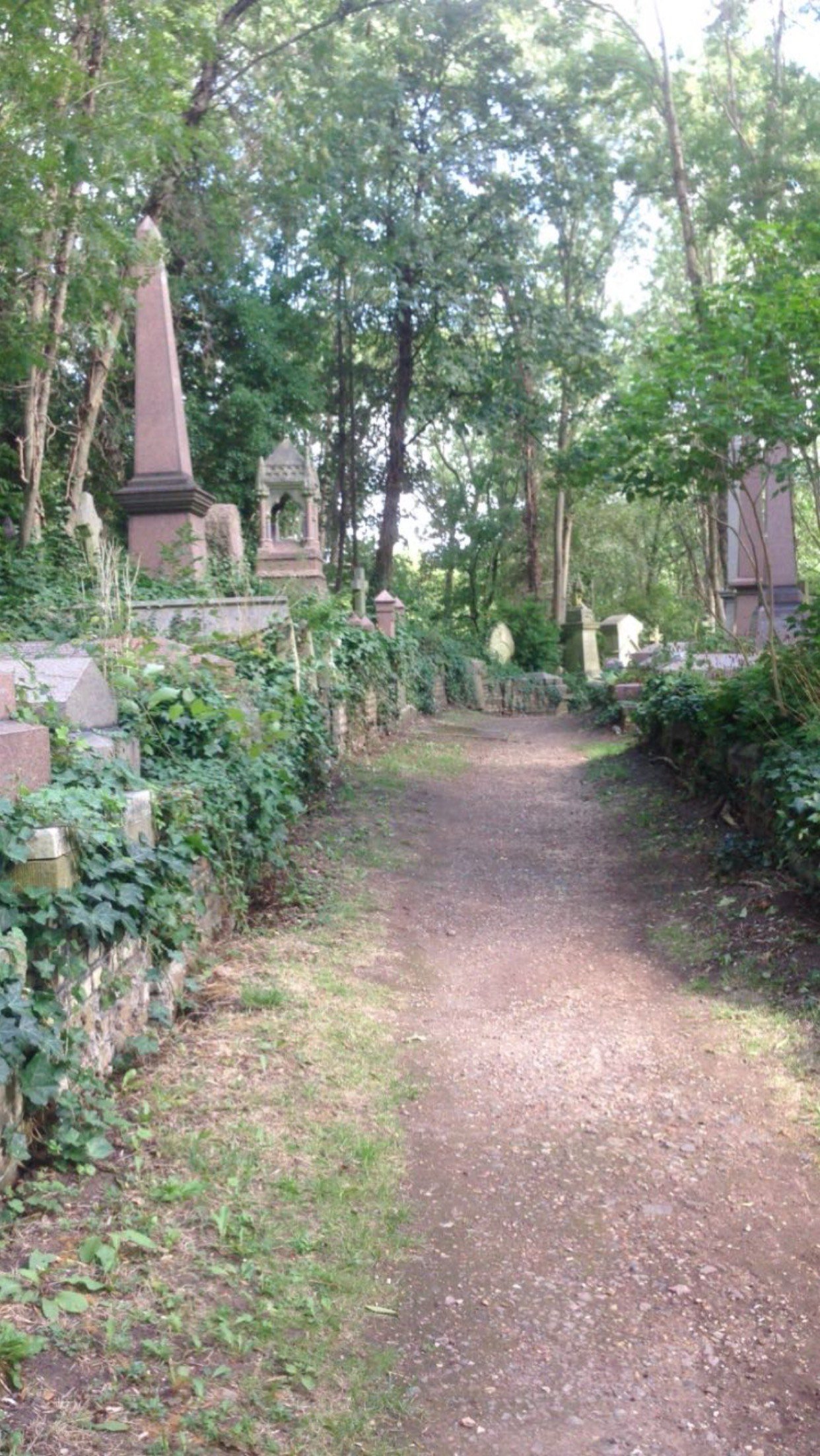
Established in 1839 on the outskirts of London, Highgate Cemetery is one of the magnificent seven cemeteries; it is potentially the most well-known of the seven. My partner and I only visited the east side of the cemetery, but we do plan to return and visit the west side. However, after exploring the east side of the cemetery it is most certainly the most relaxing dark tourism place, I have visited to date.
As the name might suggest, Highgate Cemetery is situated atop a hill known as Highgate Hill. It wasn’t until we got off at the tube station of Archway that we realized its location. However, walking up the hill of Highgate there are some magnificent views to be seen over London.
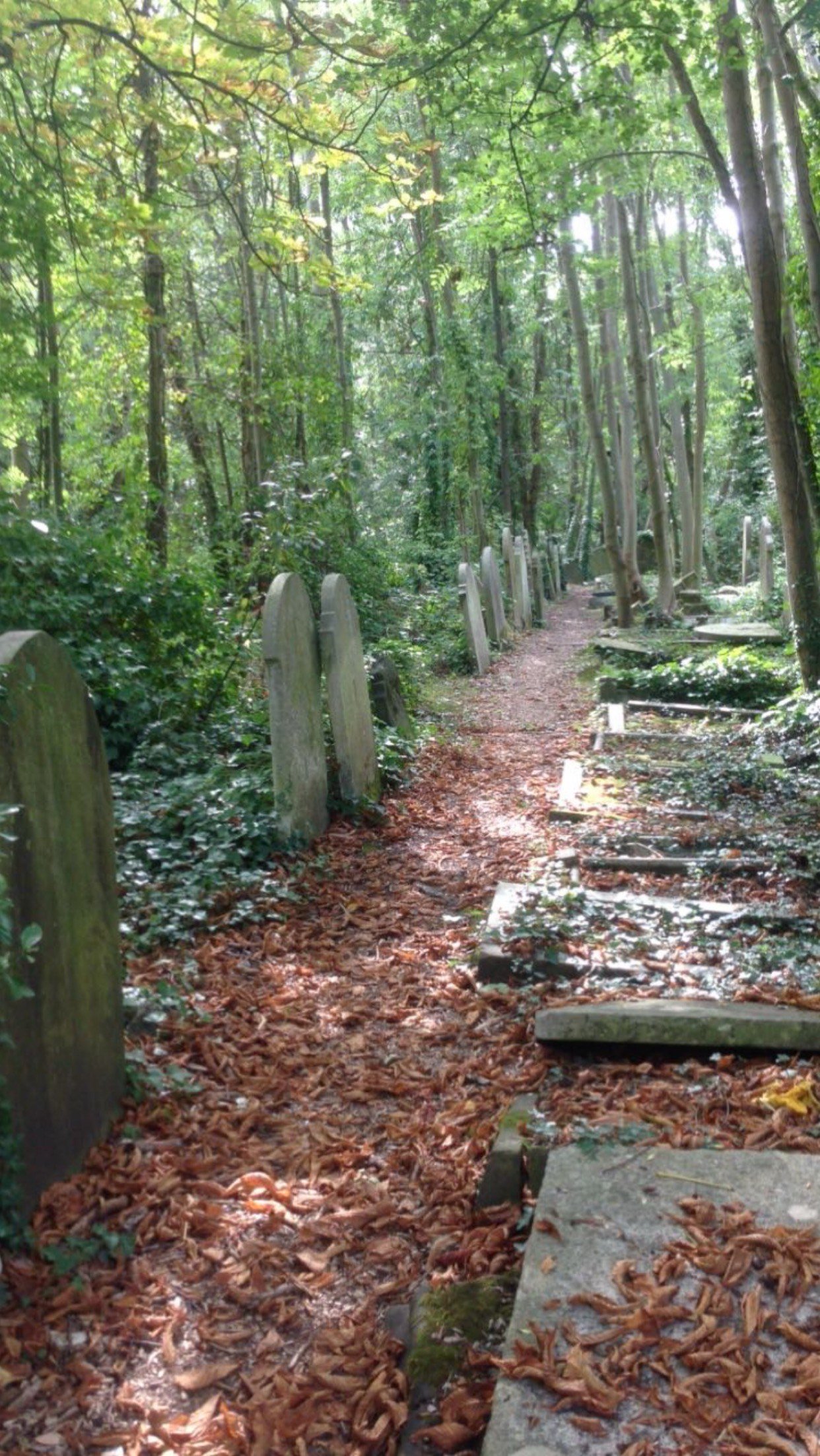
As I hadn’t looked at any photos online of the cemetery, I was immediately taken back by the size of some of the tombs located near the entrance. It was also noticeable the cemetery was home to an abundance of life: trees grow up between the crevices of the dead, creating a canopy against the sunlight. Ivory covers the headstones, their vines creeping into the damaged tombs.
Since I was a kid, I have always enjoyed exploring abandoned buildings and places. As I walked along the dirt paths, I felt that I had stepped into a long-forgotten cemetery where nature had taken back its territory. There was an astonishing amount of different architecture on display, from Victorian Gothic and Egyptomania to more modern marble headstones and tombs. The range of architecture in cemeteries on display in a relatively small space is something that has always captivated me. In my opinion, headstones and tombs provide us with a glimpse into how the dead lived, including whether they were wealthy, where they well-respected by the community and what were their beliefs and interests.
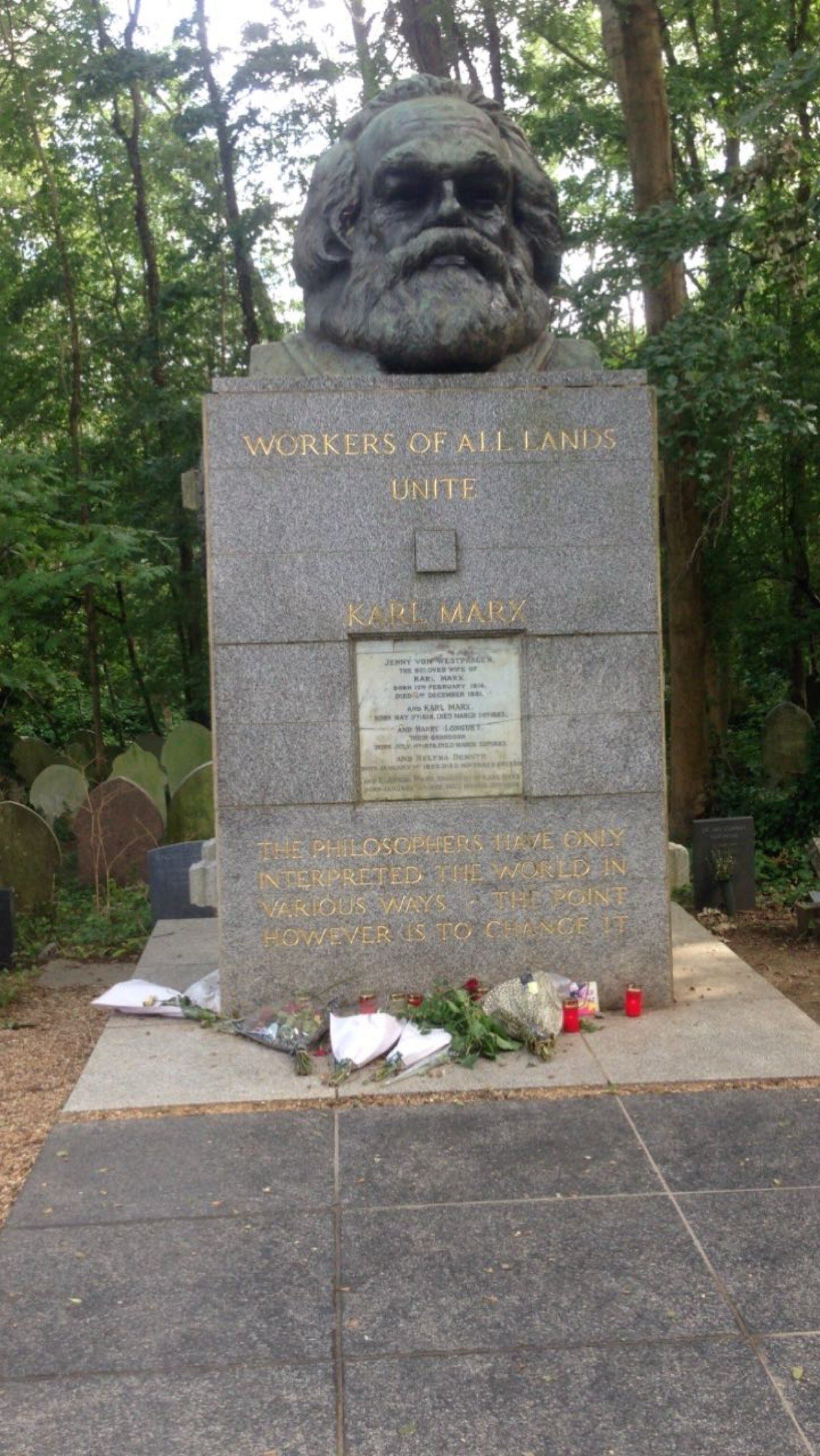
On the way to leaving, we came across the Tomb of Karl Marx, a German philosopher among many other things. The tomb is more like a monument you would find in the center of a town. A tablet enumerating the names of those buried beneath is situated in the middle of a marble plinth that supports a large bronze bust of Marx. There were a few people gathered around taking photos and laying flowers, considering that Marx died in 1883, it was evident that he like many other famous people, not only captivates those in life but also after death.
I honestly believe that Highgate Cemetery is a place in London that is often overlooked, not just because it is a peacefulness away from the bustling streets of the city; there is also some extraordinary amount of crafted architecture to take in.
Littledean Jail

The once Georgian jail of Littledean in the county of Gloucestershire, boasts itself on being a dark tourism visitor attraction. The jail is now owned by Andy Jones, a collector of taboo and morbid curiosities.
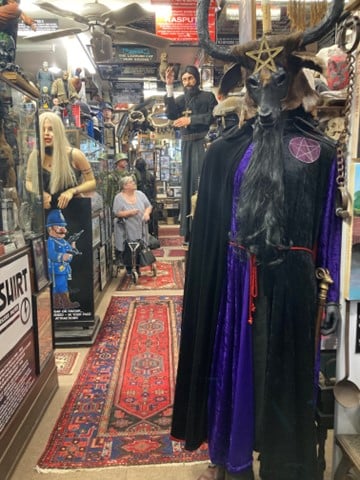
My partner and I had planned to visit Littledean Jail for a while and knew it would be an intriguing place to explore, however we were unaware of the size of Jones’ collection. With its billboards and a-frames promoting its various exhibits, Littledean Jail is undoubtedly noticeable when traveling along Elton Road.
After parking the car and entering the courtyard of the entrances, I started to wonder what this place had in store for us. There were execution devices on the far left of the courtyard, and there was what can only be described as a Wiccan alter on the opposite side. Upon entering the main building, I was immediately taken back by what was on display, a manikin with a goat’s head in a wicca robe, a manikin in a monk's robe and a taxidermy cat hanging from the ceiling, including a glass cabinet of artifacts related to the paramilitary group the Blackshirts.
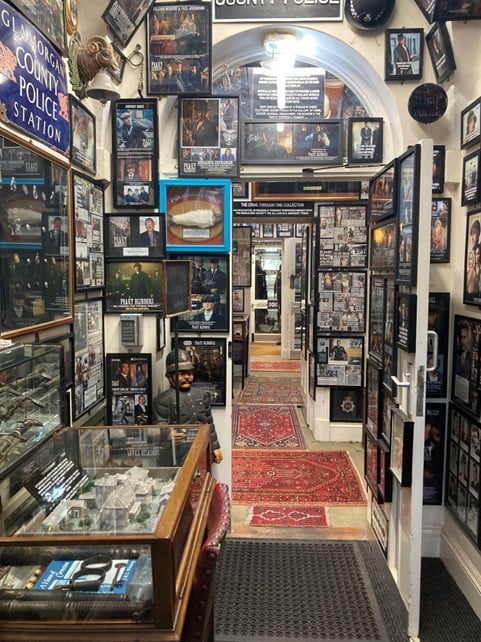
To me, the first section of the museum was more of a collection of artifacts, ranging from Nazi and Ku Kluz Klan uniforms to Victorian vibrators and torture devices used on asylum patients. My first thought while walking around the museum was how had Jones obtained all of these items? The next area of the museum we entered would have been the prisoner-holding cells, now turned into what I can only describe as shrines to the famous and infamous. Every inch of the walls is covered in frames containing newspaper clippings featuring individuals like Holly Willoghby and Jimmy Savile. Even though we were here for around 3 hours, I honestly could have spent a few days reading the past tabloid stories of celebrities and criminals.
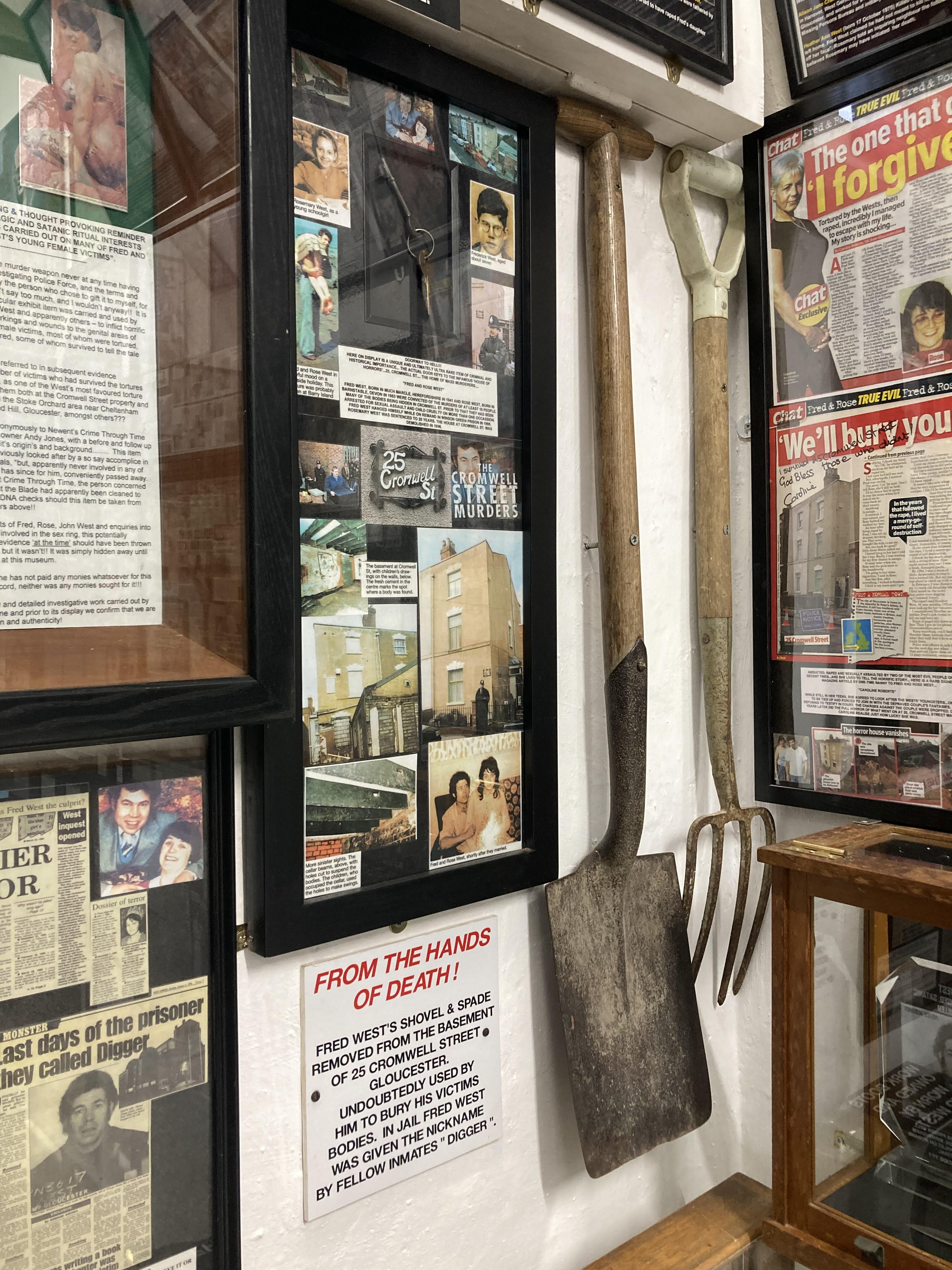
There are also many personal possessions on display from those of the Kray Twins and Charles Bronson to Fred and Rosemary West. I’m not sure if it was because I had written about the serial killer couple, Fred and Rosemary, or if it was their belongings on display, but it was this cell, that was more like a shrine to the pair, that fascinated me the most. I returned to this area three times before leaving. The couple murdered at least twelve individuals, many of whom they buried in their home at 25 Cromwell Street in Gloucester. Within the cell were the likes of Fred’s tie and work boots, including the shovel and spade – which were taken from the basement of their house- that most certainly were used to bury those they murdered.
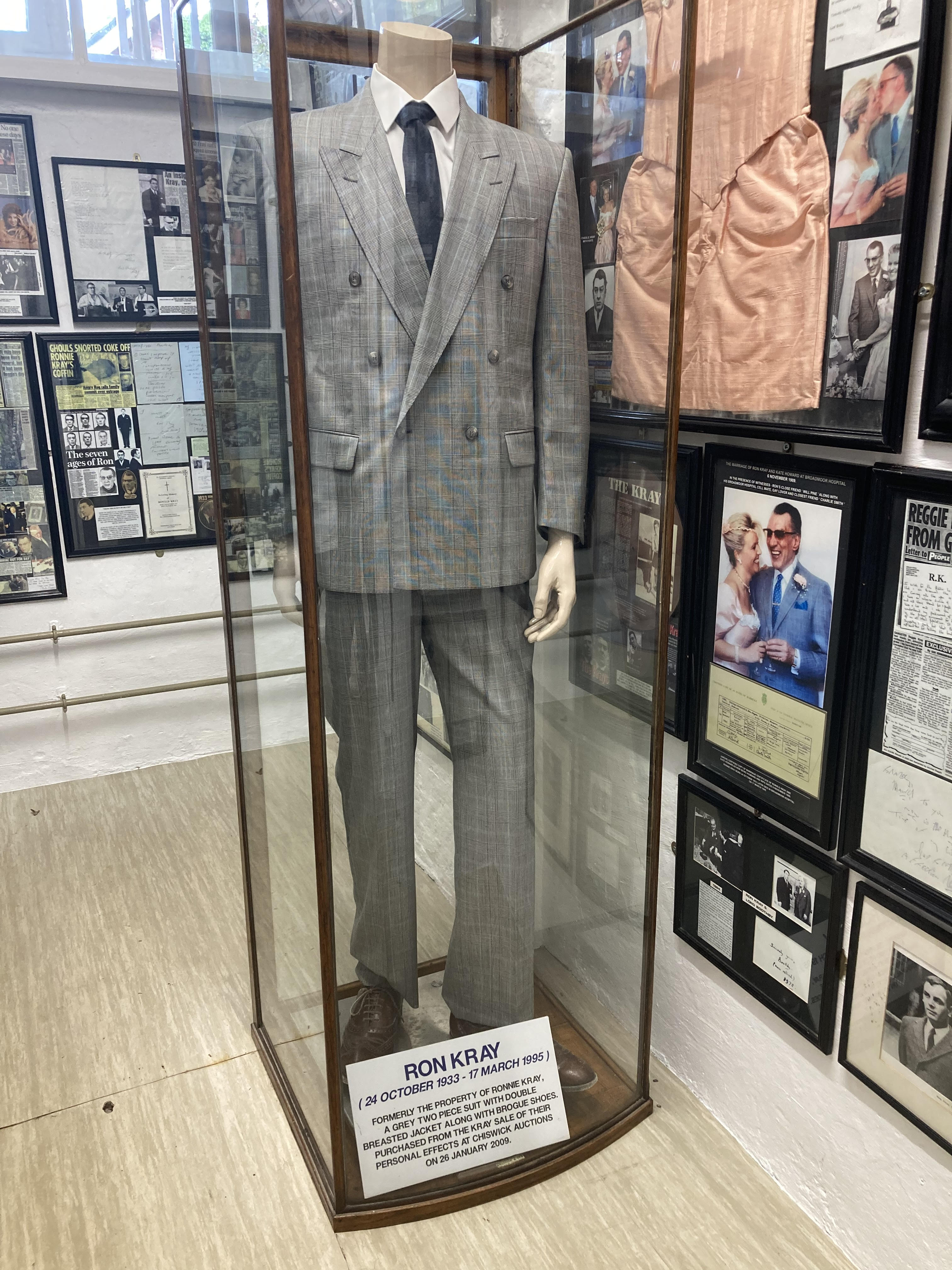
On our way to leaving my partner came across the horrific images of those executed in the civil war in Iraq in 2014 and the Mexican drug war. These images are some of the most disturbing images I have ever seen. I know these things happen across the world, but I never contemplated that there were people capturing photos of such inhumane actions.
Since our visit to Littledean Jail, I have always wanted to return because I have never experienced so many mixed emotions in such a short space of time from a place. The number of items, pictures and newspaper articles we saw in a short period was quite overwhelming. Looking back at the photos I’ve taken; I still notice new things that I didn’t see at the time of our visit.
Rothwell Bone Crypt
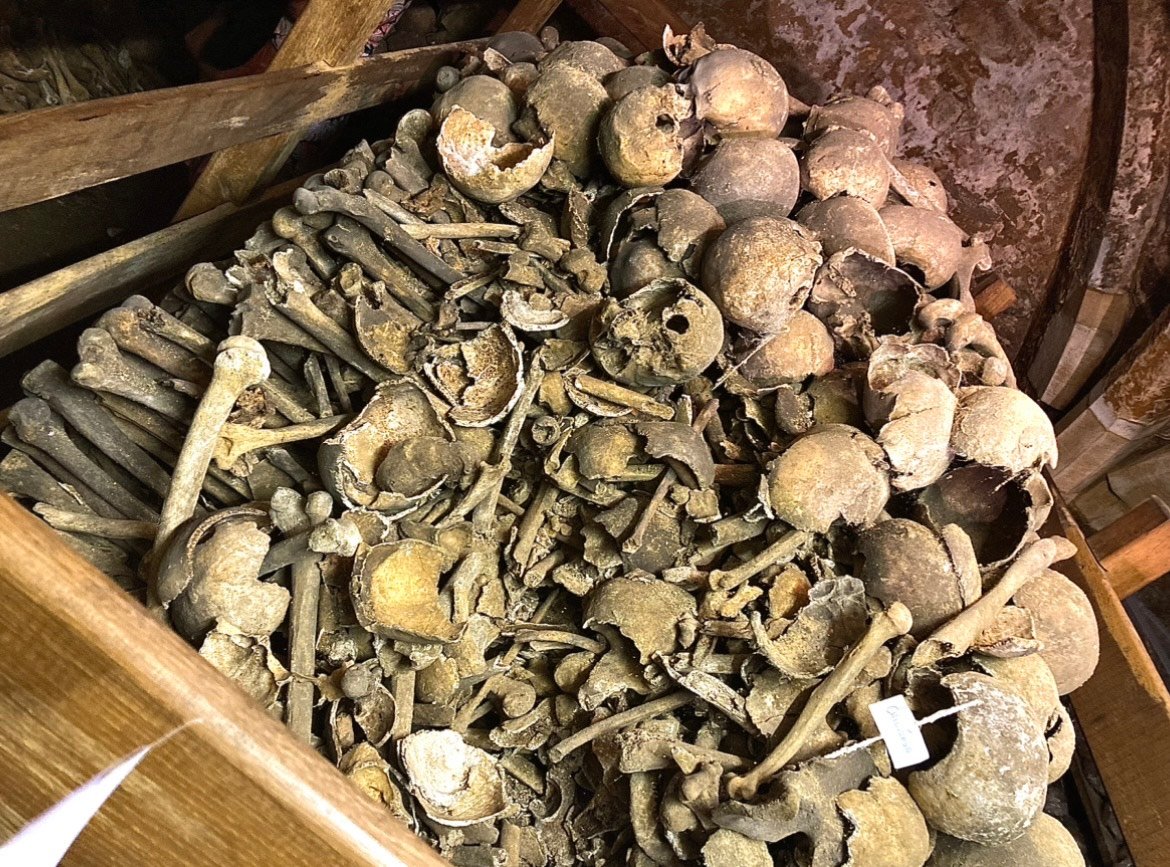
Beneath The Holy Trinity Church village of Rothwell in Northamptonshire is a crypt that holds the remains of 2,500 people. It was just after the Covid lockdown had been lifted that I went to visit this site. The church first appears very ornate with its stained-glass windows and religious iconography. However, on the inside of the church on the right-hand side is a steep and narrow staircase that leads beneath the church.
I am unsure if it was the cooling air or the staircase’s sandstone brickwork, but as I descended into the crypt, I felt that I was stepping back in time. As I reached the bottom step of the stairway, I was astounded by the overwhelming number of bones that filled the small room. Two makeshift wooden boxes filled with human bones are situated in the middle of the room, flanked by shelves on either side with skulls on them.

Even though the guided volunteer did briefly explain a little of its history and the radiocarbon dating of the skulls by the University of Sheffield, it was the preservation of the room that I found most remarkable. The room appeared as though it had never been touched; cobwebs hung from the ceiling like silhouette baskets, and a thin layer of dirt covered the shelves holding the inky-eyed skulls. In my opinion, this provides a more authentic experience for the visitor than the Catacombs of Paris, which seemed to be more maintained for tourists when I visited in July 2022. It raises the question of whether historically significant sites are being modified and damaged to better cater to tourists.
The fact that this place isn’t well known about continues to fascinate me. I think that it is an amazing piece of British history of when the remains of people were interred in churches so the living of the deceased felt their loved ones were closer to heaven and that they could still physically see and visit them. It also brings to question, are there other crypts beneath our churches that are yet to be discovered and explored.
